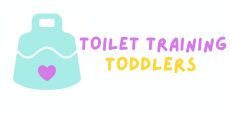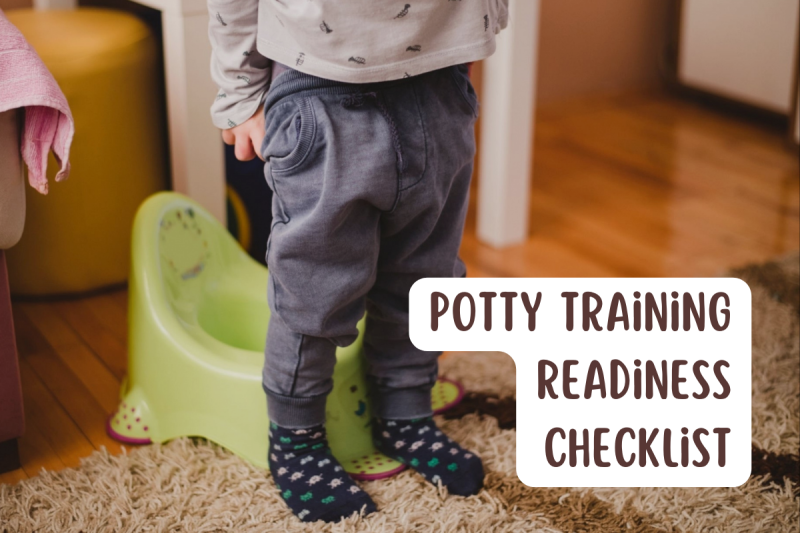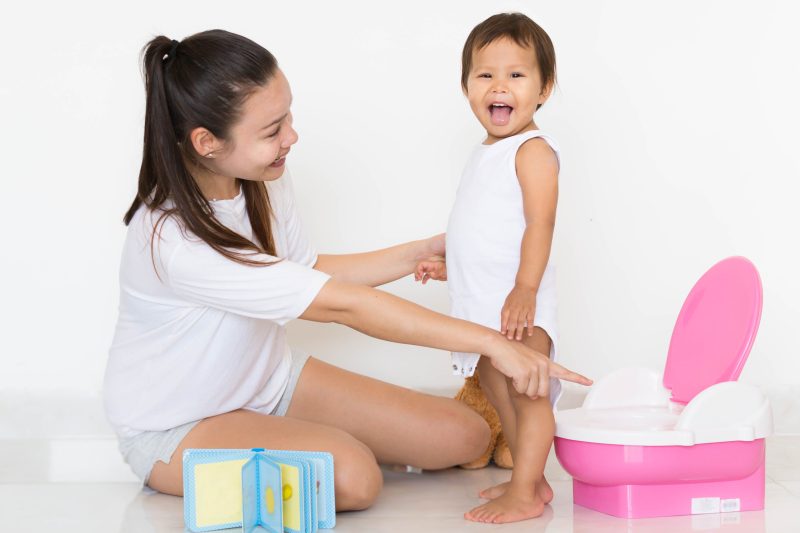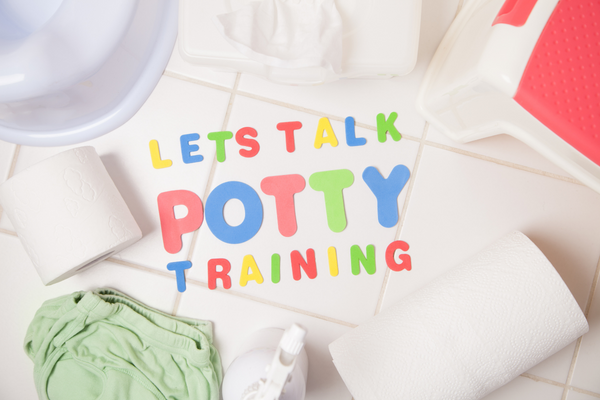If you’re a parent, you may wonder when it’s the right time to start potty training your child. The process can be challenging, but with the right preparation and timing, it can be a rewarding and successful experience for you and your little one.
Below, we will share a checklist of signs indicating your child is ready for potty training. By following this checklist, you can ensure that you’re starting the process at the right time and setting your child up for success.
At What Age Is a Child Ready To Potty Train?
The age at which a child is ready to potty train varies from child to child.
Some children may be ready as early as 18 months, while others may not be until they’re three or older. Generally, most become ready to start potty training between 2 and 3.
You can tell your child may be ready to start potty training by certain signs, such as communicating their needs, showing interest in using the toilet, pulling down and up their pants independently, etc.
Physical readiness isn’t the only factor to consider when determining whether a child is ready to start potty training. Emotional readiness and willingness also matter. So, it’s important to approach the training positively and be supportive. Furthermore, avoid pressuring or shaming your little one if they’re not ready.
With the right timing and approach, potty training can be successful and rewarding for you and your child.
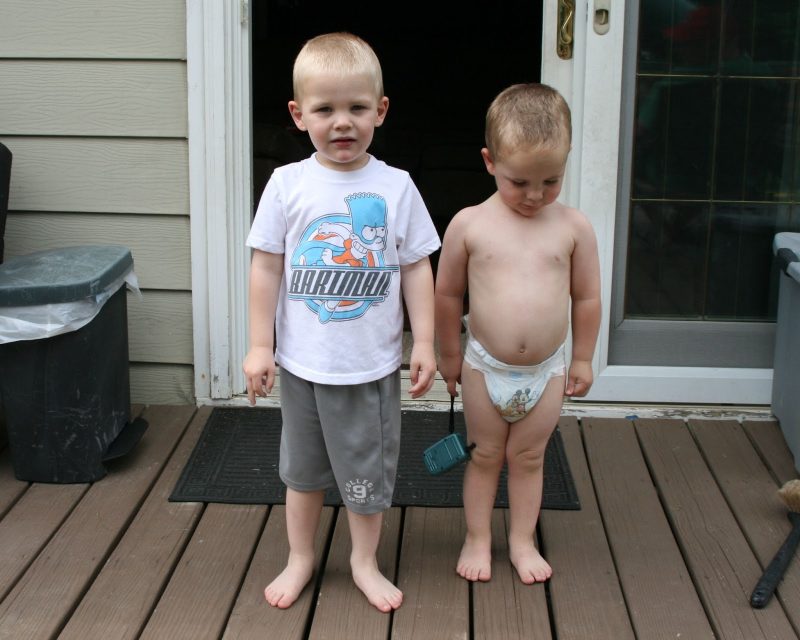
Potty Training Readiness Checklist
Use this checklist as a guide, but also consider your child’s needs and developmental stage.
Physical Readiness
- Able to walk and sit on the toilet or potty chair
- Can pull down and pull up pants or training pants independently
- Has regular and predictable bowel movements and urination patterns
- Can stay dry for at least two hours during the day or after naps
- Shows signs of bowel control, such as pausing play to go poop
Cognitive Readiness
- Understands the purpose of the potty and can follow simple instructions
- Has a basic understanding of cause and effect and understands that using the potty results in a reward or positive outcome
- Can communicate basic needs, such as using simple words or gestures to indicate the need to use the potty
- Shows interest in using the potty, such as asking to use it or imitating others using it
Emotional Readiness
- Shows signs of readiness, such as curiosity, independence, and a desire to please
- Shows a willingness to participate in the process and to take responsibility for their bodily functions
- Demonstrates some control over their emotions and reactions to accidents or setbacks
- Able to manage frustration, stress, or anxiety related to the process in a healthy manner
Social Readiness
- Understands and is comfortable with the idea of using the toilet or potty chair
- Is comfortable with caregivers, family members, or other adults assisting them with the process
- Can adapt to changes in routine or environment, such as using public restrooms or traveling
Behavioral Readiness
- Shows signs of readiness, such as staying dry for longer periods or asking to use the potty
- Can sit on the potty or toilet for a few minutes without becoming restless or distracted
- Demonstrates a consistent behavior pattern and ability to follow through with tasks
- Has an interest in being more independent and taking on new responsibilities
Remember that every child is different, and not every child will meet these criteria simultaneously.
10 Tips for Successful Potty Training
The following tips can help make potty training a success:
1. Be Patient and Supportive
Potty training is a process that takes time and effort. Avoid pressuring or shaming your little one, and be supportive throughout the process. Celebrate their successes, no matter how small.
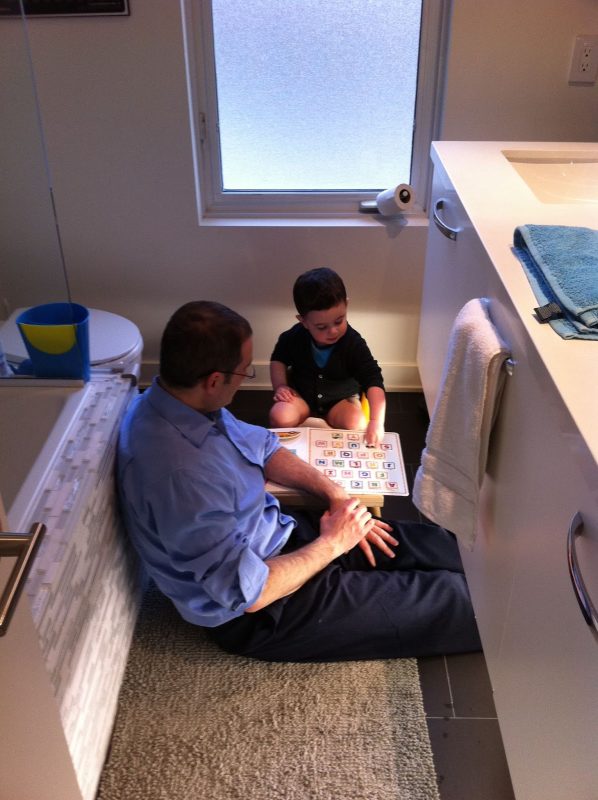
2. Create a Routine
Establishing a regular potty routine can help your child learn and anticipate when to use the toilet. Set aside time for regular potty breaks and be consistent with your approach.
3. Use Positive Reinforcement
Praise and reward your child for using the potty, but avoid punishment or criticism for accidents or setbacks. Positive reinforcement helps build confidence and encourage positive behavior.
4. Let Your Child Choose Their Potty Seat
Allowing your child to choose their potty seat can help them feel more invested in the process and give them a sense of ownership over the experience.
5. Dress Them in Easy-To-Remove Clothing
Clothing that is easy for them to remove independently can make the process easier and less frustrating for you and your child.
6. Use a Timer
Setting a timer for regular potty breaks can help your child develop a routine and anticipate when to use the toilet.
7. Use Books and Videos
Reading books or watching videos about potty training can help your little one learn about the process and feel more comfortable and confident.
8. Be Prepared for Accidents
Accidents are a normal part of the potty training process. Always have extra clothing and cleaning supplies, and remain calm and supportive if accidents occur.
9. Model Good Bathroom Habits
Children learn by example, so it’s important to model good bathroom habits yourself. Let them observe you using the toilet and explain your actions.
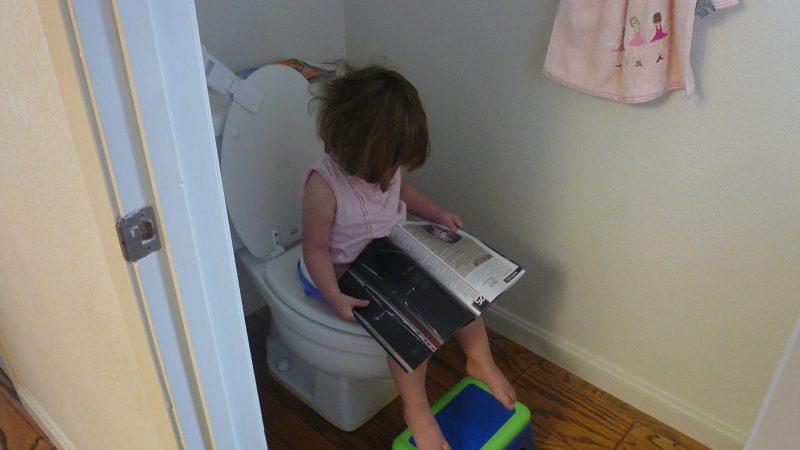
You can also encourage other family members or caregivers to model good bathroom habits; this can help your child feel more comfortable and confident about using the toilet.
10. Take Breaks
Potty training can sometimes be challenging and frustrating for you and your toddler. If either of you becomes frustrated or overwhelmed, it’s okay to take a break and come back to it later.
Good Luck!
We hope this potty training readiness checklist has helped you determine whether your child is ready to start potty training.
Remember, every child is different, and the timing of potty training will vary from child to child. It’s important to be patient and supportive throughout the process.
With the right approach and perseverance, you and your little one can conquer potty training together!
